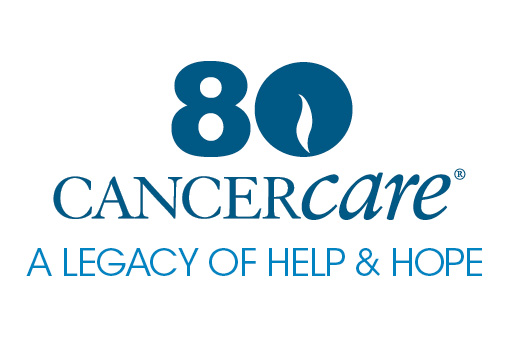Q. I'm in remission after having chemotherapy and radiation for small cell lung cancer. I've recently started having a shortness of breath when I'm at rest (doesn't seem to happen at work). Is there anything I can do?
The shortness of breath, or dyspnea, you are experiencing can be uncomfortable and frightening. The more you struggle for air, the harder your lungs work to get oxygen, and the more distressed you feel. It is extremely important to consult a medical professional to find out what might be setting this cycle in motion. Possible causes could be:
- a side effect of chemotherapy or radiation (which may reduce lung capacity)
- anemia, meaning your lungs don’t have enough red blood cells to deliver oxygen throughout your body
- a non-cancer lung condition, like asthma, COPD, or an allergy
- anxiety caused by fears of recurrence, the lasting emotional effects of having had cancer, or other types of stress
Contact the American Lung Association (1-800-LUNGUSA) for information on other possible causes of dyspnea. Depending on its source, a doctor may prescribe a steroidal or anti-anxiety medication, supplements, oxygen, or special exercises. Progressive relaxation, meditation, and guided imagery can all help reduce stress and anxiety. CancerCare has several Connect Education Workshops that address stress management in cancer survivors and Managing the Stress of Survivorship.
To prepare for your doctor’s appointment, keep a record of your breathing problems, with these questions in mind:
- When do you experience shortness of breath?
- When does it feel worst?
- How long does each episode last?
- What is going on around you before, during, and after each episode?
- Does anything make it feel better?
Take your record with you to your appointment. It is very important that a medical professional review your symptoms, especially if you’re also feeling faint and dizzy, if your heart is pounding, or if it’s difficult to breathe even at rest.
CancerCare has information on creating a survivorship care plan that can be used to personalize your post-treatment needs and communicate them to your health care provider.
Don’t be afraid to advocate for yourself so that your medical, emotional, and practical needs are addressed, and your quality of life is maximized.

 Answered by
Answered by